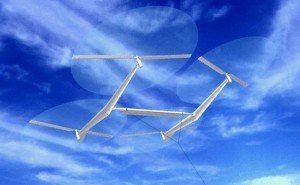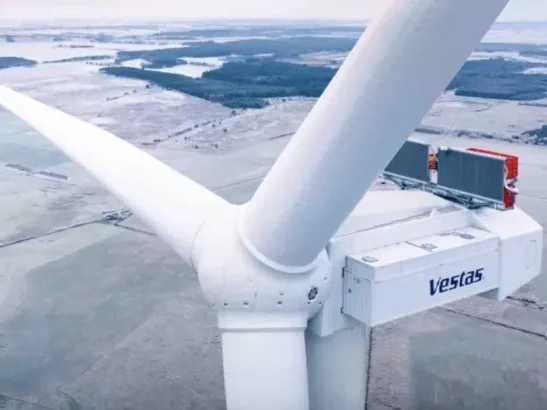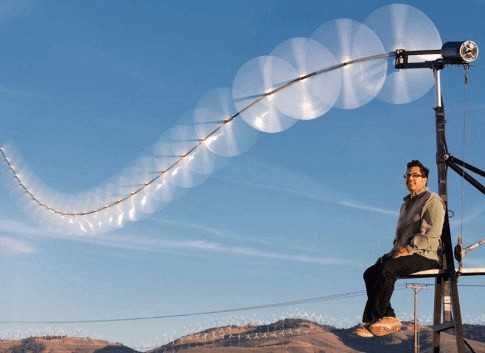By Colin Houghton
Scientists are eyeing the jet stream, an energy source that rages night and day, 365 days a year, just a few miles above our heads. If they can tap into its fierce winds, the world’s entire electrical needs could be met, they say.
They believe that the total global energy contained in wind is 100 times the power used by everyone on the planet. If we could tap into just one percent of that energy, they say it still wouldn’t produce a major adverse effect on the environment. The jet stream is made up of several large currents of high-speed air that rush eastward through the upper atmosphere. Six miles high, the winds have exceeded 300 mph.
Researchers in California and around the world believe huge kite-like wind-power generators could be the solution and they are continuing further work towards a complete solution.
By lofting generators into the upper atmosphere, scientists theorize they could capture the power of the jet stream and transmit the electricity along cables back to Earth.
A wind machine, floated into such a high power wind, would transmit electricity on aluminum or copper cables- or perhaps eventhrough invisible microwave beams- down to power grids, where it would be distributed to homes and businesses. Unlike ground-based wind generators, the high-altitude devices would be too high to be heard and barely visible against the blue sky. That would mean no complaints about the sound of conventional wind turbines and no visible impact on the environment. Science fantasy or fact?
“My calculations show that if we could just tap into 1 percent of the energy in high-altitude winds, it would be enough to power all civilization. The whole planet!” said atmospheric scientist Ken Caldeira at the Carnegie Institution’s Department of Global Ecology at Stanford University, United States.
Research into high-altitude wind machines began in the 1980s. Bryan Roberts of the University of Technology in Sydney, Australia, was an early pioneer. Working with a team of researchers, he field-tested a small, two-rotor prototype device tethered a short distance above the ground and successfully generated the electricity from low-level winds and transmitted it to Earth.
Creating a much larger, commercially viable system envisioned by scientists would take a lot more time and money for research. Scientists need to figure out the structural materials that could stand up to the jet stream’s buffeting winds and find a way to adjust the generator’s position as the jet stream weaves and moves back and forth across the upper skies. A major challenge will be the appropriate size and composition of the cable to keep the machine from blowing away while it also functions as an electrical conduit for the power harnessed.
Optimists think the jet stream could supply commercial electricity within a decade or two. However it may not be all plain (wind) sailing- there’s uncertainty about how much the machines or their cables would threaten higher-flying birds. Most birds fly below the Gulf Stream but any cables trailing down from the turbines to transmit the energy harnessed could be a problem. And what about silver man-made birds? Would this technology pose a danger to airplanes? It may be that commercial air lanes would have to be re-plotted to avoid the tethering/transmission cables.
No problem is likely to be insurmountable when the rewards to be reaped are so high. At the beginning on this year, nited States NASA aerospace engineer Mark Moore is using a $100,000 federal grant to research what it will take to create a jet stream-based wind industry 30,000 feet above the ground. Watch this space and let’s see where the wind blows on this one!





